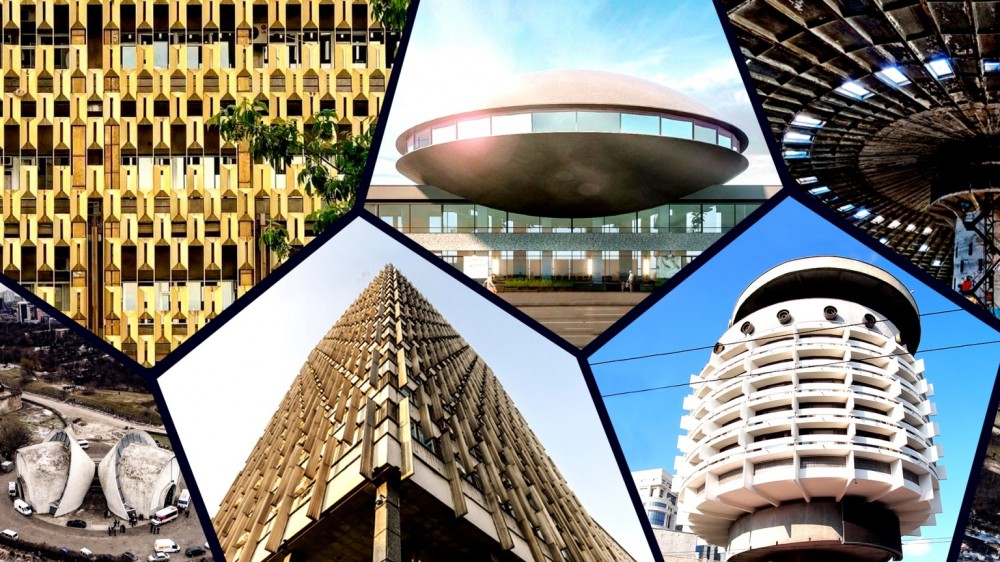
First, the paper provides arguments for introducing the term RadModern (abridged for Radianskyi Modernism/Soviet Modernism) as more precise than socialist modernism. Second, the article focuses on the collaboration of a talented architect (Avraam Miletsky) and a wise statesman (Petro Shelest) resulted in the making of a new architecture within the mediocrity of Soviet urban planning. Third, the role of the architectural periodicals (both the translations of foreign editions and reviews of foreign architectural practices) is highlighted in encouraging the commissioner (representatives of the state) to accept the architectural forms which stood out of the routine Soviet construction practice and, thus, could be perceived as competitive with the Western architectural practice. Fourth, the role of 1970—1980s academic research of Soviet architecture in the works of the Research Institute of Theory and History of Architecture and Urban Planning is considered. Finally, the emphasis is put on the risk of the present-day idealization of the RadModern architecture, as it may be viewed not only as “artistic” /stylistic evidence of the era but also as the excessive at present, unnecessary/useless traces of the totalitarian system (equally the blood-soaked and latently spreading) that should be “aesthetically” removed.
Source: Puchkov A. (2022). Happy Incidents Happen: Ukrainian RadModern (Soviet Modern) in the Architecture of the Late 1950s and Early 1990s. City: History, Culture, Society. 13 (1): 32–75
Source web-site: http://mics.org.ua/journal/index.php/mics/article/view/185/193
Number of views: 1472